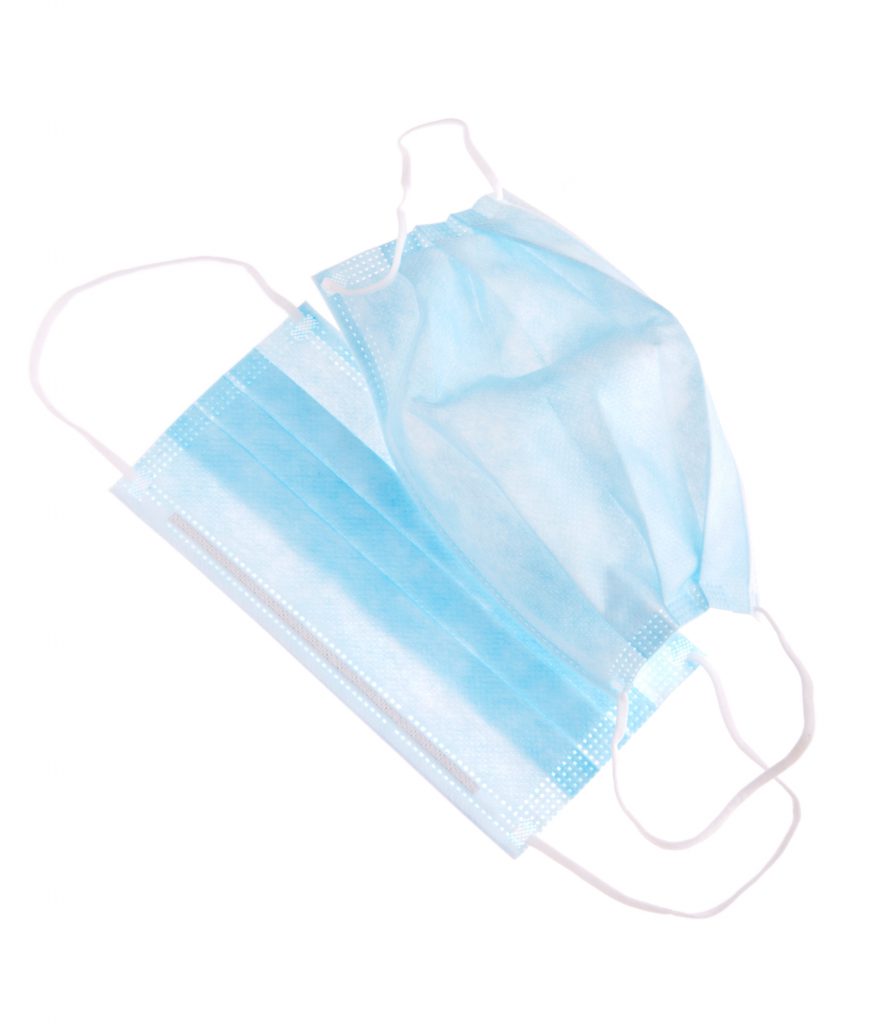As a direct result of COVID-19 , Pharmaceutical companies have considered the concept of “direct-to-patient sampling” where patients can receive various types of medication samples at their residence. The following information provides an in-depth look at direct-to-patient sampling, program logistics and potential issues that pharmaceutical sample distribution may create.
FDA Guidance
The FDA has recently released a statement concerning the implementation of direct-to-patient sampling programs in American healthcare companies. In their statement, the FDA specified that they will not take action against manufacturers or authorized distributors who engage in practice sampling during the COVID-19 pandemic. However, the FDA has not made any changes to current legislation. The FDA will permit direct-to-patient pharmaceutical sampling during the Public Health Emergency COVID-19 Initiative, which is expected to last until the end of 2021. However, the FDA has specified that patients must be identified as the “designee” to accept clinical samples. All other aspects of the PDMA CFR 203.30 must also be met.

Compliance and Regulations
Direct-to-consumer sampling providers must be sure to consider HIPAA, Patient Health Information state rules and PDMA sample accountability regulations. Participating companies should double-check their own compliance guidelines with federal and local data protection laws as well as their manufacturing and supplying partners’. For example, partners need the appropriate licenses to ship medicine to a consumer. When dealing with issues of compliance, it is crucial to communicate expectations clearly to patients and partners. Make sure that everyone involved can safely handle patient data and receive sample drugs.
State Restrictions
Across the United States, there are currently very few opportunities to implement direct-to-patient sampling. Many states will not allow shipping samples to patients or consumers at their residences. In fact, a minimum of 57 percent of the United States is unreachable for direct-to-patient sampling, or is difficult to reach because of waiver requirements. With this in mind, most people will not be able to participate in the program if it is put into place at this time.

Optimizing Patient Experience
Direct-to-patient sampling is designed to maximize patient experience, both in terms of convenience and in terms of safety. However, it is important to make sure that direct-to-patient sampling makes sense practically and logistically for patients’ well-being. It’s imperative to incorporate communication channels that resolve consumer issues, whether they be related to delivery, returns or even to product use. Direct-to-patient sampling must be feasible for patients and companies alike, beyond a purely business-minded perspective.
Implementing Policy Changes
Adopting a long-term direct-to-patient sampling program will require extensive changes to current legislation. Policies should be modified to include information about standard procedures, investigations, patient communication and much more. Beyond policy change, making direct-to-patient sampling a widespread option for consumers would require training and education for patients and providers nationwide. States will need to decide whether their long-term medical offering will include direct-to-patient sampling by considering the risks and benefits involved.
Takeaways
- Direct-to-patient sampling is temporarily permitted by the FDA during the Public Health Emergency COVID-19 Initiative
- 57 percent of the United States doesn’t allow direct-to-patient sampling or requires a waiver for participants
- Direct-to-patient sampling programs give rise to numerous liabilities, logistical questions and potential communication errors between patients and providers
- Legislative/policy changes will be necessary to make direct-to-patient sampling a long-term option after the Public Health Emergency COVID-19 Initiative
For more information about direct-to-patient sampling, PDMA sample compliance, or anything else, contact Synergistix. Give us a call at (866) 732-8665 or fill out our quick contact form today.
Back




